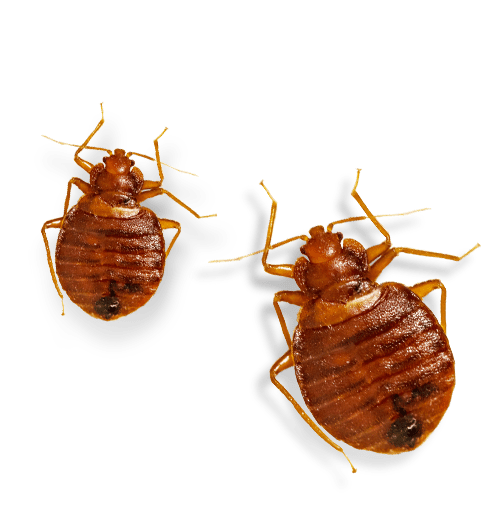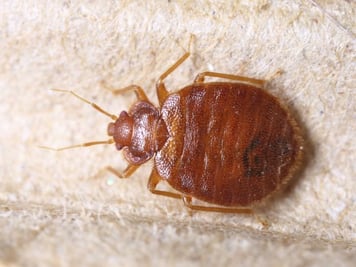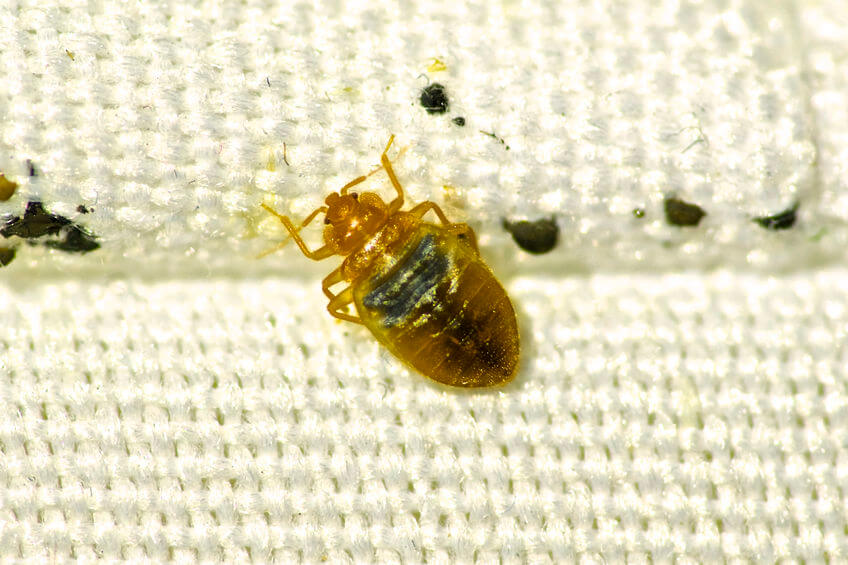Comprehensive A1 Bed Bug Extermination in Houston Location
Comprehensive A1 Bed Bug Extermination in Houston Location
Blog Article
Understanding the Lifecycle of Pests for Targeted Control Strategies
Recognizing the lifecycle of insects is a basic element of effective bug management methods. Through a much deeper understanding of how bugs grow and develop, customized control techniques can be made to address certain factors in their lifecycle, inevitably leading to more effective parasite management results.
Importance of Comprehending Bug Lifecycle
Understanding the lifecycle of insects is important for creating effective and targeted control strategies in bug administration. By understanding the different phases a parasite goes through from egg to adult, bug control specialists can recognize weak spots in the lifecycle where treatment can be most effective. For circumstances, recognizing when larvae are most active can help identify the ideal timing for applying larvicides. Additionally, understanding the lifespan of an insect types can help in predicting population growth patterns and potential infestation dangers.
Furthermore, recognizing the particular environmental conditions essential for each and every phase of the insect's lifecycle can direct decisions on environment adjustment or exemption methods to lower and interfere with the lifecycle bug populations. This knowledge makes it possible for pest administration experts to execute proactive actions instead than relying solely on responsive treatments, leading to even more lasting and sustainable pest control remedies. Eventually, a detailed understanding of bug lifecycles empowers parasite control professionals to customize their strategies successfully, reducing ecological effects and making best use of control end results.
Key Phases in Pest Advancement
To efficiently implement targeted control approaches in insect administration, a crucial aspect lies in adequately recognizing and understanding the key stages in bug growth. Parasite development usually is composed of a number of vital phases that are crucial for their lifecycle and administration. The initial stage is the egg phase, where bugs lay eggs that later on hatch out right into larvae. Larvae after that advance right into pupae, a phase where they undertake transformation prior to becoming grown-up bugs. Recognizing these phases is necessary as it aids in determining vulnerable points in the lifecycle where control measures can be most effective.

Vulnerabilities in Bug Lifecycle
Throughout the various phases of a parasite's lifecycle, unique vulnerabilities arise that can be purposefully targeted for efficient control measures (A1 Bed bug Exterminator houston). One crucial susceptability exists in the egg phase, where insects are frequently more at risk to specific insecticides or organic control agents due to their soft external shell, making them simpler targets for treatment. Comprehending these vulnerabilities in the pest lifecycle is necessary for establishing accurate and reliable control methods that efficiently take care of insect populaces while reducing ecological effect.
Implementing Targeted Control Procedures

Implementing targeted control review procedures typically includes a multi-faceted technique. This may consist of habitat adjustment to make the setting less friendly to insects, such as getting rid of standing water for mosquito control or sealing access points for rodents. Furthermore, biological control techniques can be made use of, where natural predators or virus are introduced to keep parasite populations in check.
Chemical control, such as the cautious application of chemicals, is another typical approach. It is necessary to use these substances carefully to lessen ecological impact and potential damage to non-target types - A1 Bed bug exterminator houston LLC. Integrated Insect Administration (IPM) methods that incorporate numerous control steps in a coordinated and sustainable way are usually one of the most reliable in attaining lasting parasite monitoring objectives. By applying targeted control actions based upon an extensive understanding of parasite lifecycles, parasite populaces can be successfully managed while lessening dangers to human health and wellness and the atmosphere.
Improved Pest Monitoring Practices

Furthermore, the consolidation of organic control agents, such as natural predators or virus of pests, can help in reducing reliance on chemical pesticides and promote a much more well balanced community. Carrying out physical obstacles and traps can also belong to boosted parasite management practices, using safe and targeted remedies for pest control. Additionally, using pheromones and other semiochemicals can disrupt pest mating patterns and communication, causing reduced insect populations gradually.
Verdict
By recognizing vital phases in insect development and susceptabilities in their lifecycle, targeted control procedures can be carried out to reduce pest populaces. Boosted insect management techniques can assist reduce the dependence on broad-spectrum pesticides and promote even more use this link sustainable and environmentally pleasant pest control methods.
Recognizing the lifecycle of insects is necessary for developing efficient and targeted control strategies in bug management. By comprehending the various stages a bug goes via from egg to grownup, insect control specialists can determine at risk points in the lifecycle where intervention can be most successful. Eventually, a detailed understanding of pest lifecycles empowers pest control specialists to tailor their techniques successfully, optimizing and lessening ecological effects control results.
By executing targeted control steps based on an extensive understanding of insect lifecycles, insect populations can be successfully regulated while minimizing threats to human health and the atmosphere.
By determining vital phases in pest development and vulnerabilities in their lifecycle, targeted control procedures can be applied to minimize insect populations.
Report this page